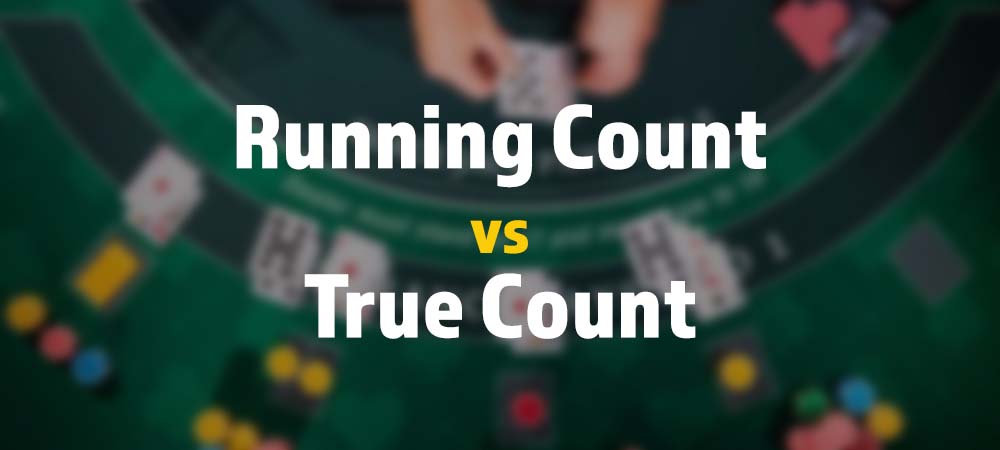- The running count must be adjusted by the number of decks remaining to calculate the true count accurately.
- Deck estimation accuracy offers slight EV gains but must be balanced with speed and simplicity at the table.
PHILADELPHIA – Card counting remains one of the most effective strategies for gaining an edge in legal blackjack, but mastering the true count conversion is what separates amateurs from professionals.
At the heart of multi-deck blackjack games is the conversion of a running count to a true count. The calculation is simple: divide the number of running decks in the shoe by the projected number of decks left.
While a running count of +4 in a single-deck game results in a real count of +4, players with three decks remaining in a six-deck shoe only have a +1.33 true count, which is hardly an advantage.
Intelligent wagering choices and playing variations are based on the true count. Without it, players may place excessive bets in circumstances where they have little to no advantage. Although experts warn that overcomplicating this phase can result in errors or being discovered, one can estimate the number of remaining decks by looking at the discard tray or counting hands played.
Simplicity and speed remain priorities.
Blackjack Apprenticeship, a major training platform for advantage players, advocates starting with full-deck estimations before progressing to half-deck or quarter-deck accuracy.
Accuracy Gains, But Margins Are Slim
Simulations show that using quarter-deck precision improves expected value (EV) by only about 7% over full-deck estimations. However, execution errors can wipe out these gains. Most players find that mastering full- or half-deck conversion strikes the ideal balance of accuracy and stealth.
Remaining a cornerstone of profitable blackjack card counting strategy is the ability to accurately and quickly convert the running count into a true count .

